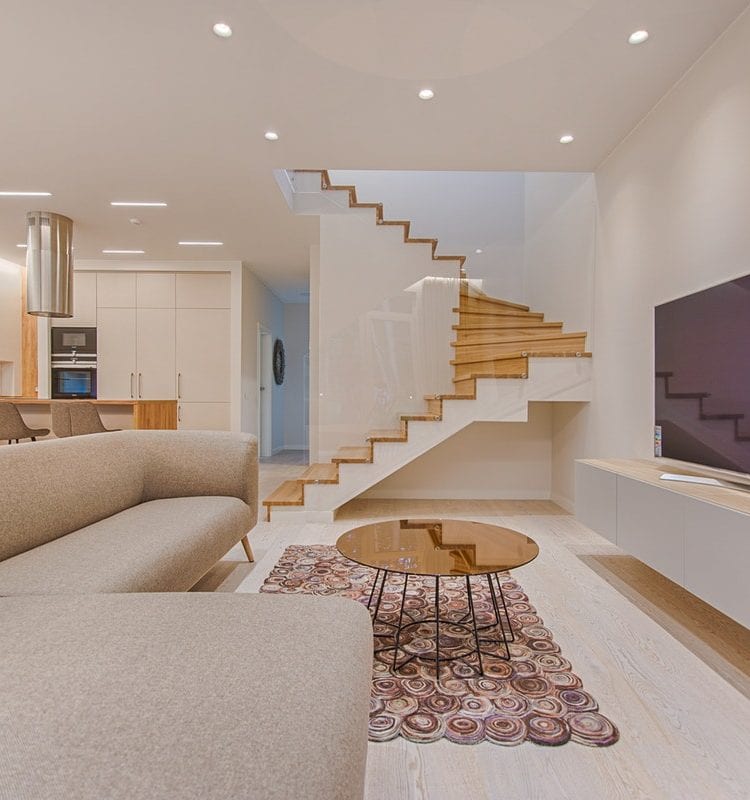In the realm of design, there exists a harmonious union between architecture and interior design, where elegance is embraced at every corner. The seamless integration of these two disciplines transforms spaces into works of art, enticing all who enter with its allure and sophistication. Architecture lays the foundation, dictating the structure’s form, while interior design adds the final touch, curating elements that breathe life into every room. Together, they create a synergy that transcends mere functionality, resulting in spaces that are not only visually captivating but also deeply functional. Let us explore the captivating world of architecture and interior design, where creativity knows no bounds and elegance reigns supreme.
The Role of Architecture in Interior Design
Architecture plays a crucial role in the world of interior design. It sets the foundation upon which the interior spaces are built, providing the framework and structure that define the overall layout and flow of a space.
In the realm of interior design, architecture acts as a guiding force, influencing the arrangement and organization of furniture, fixtures, and decorative elements within a given space. It dictates the placement of walls, windows, doors, and other structural elements, thereby shaping the possibilities and limitations of the interior design.
The architectural design of a building greatly impacts the functionality and aesthetics of the interior spaces. It determines factors such as the amount of natural light that enters a room, the view from different vantage points, and the overall spatial experience within the built environment.
Furthermore, architectural details and features can significantly influence the interior design style and character. From the choice of materials, such as exposed brick or sleek glass panels, to the incorporation of architectural elements like arches, columns, and vaulted ceilings, these design elements can inspire and inform the interior design choices.
In summary, architecture and interior design go hand in hand, with architecture serving as the foundation upon which interior design is built. The careful consideration of architectural principles and features allows for the creation of harmonious and functional interior spaces that truly embody the desired aesthetic and ambiance.
Creating Harmonious Spaces
In the realm of architecture and interior design, creating harmonious spaces is the ultimate goal. It is the delicate art of seamlessly merging these two disciplines to fashion environments that are not only visually pleasing but also functional.
The synergy between architecture and interior design is evident in the way they work together to shape the atmosphere of a space. Architects begin by devising the overall structure and layout of a building, setting the foundation for the interior design to come. Interior designers then take the baton and infuse the space with their unique vision, carefully selecting elements such as furniture, lighting, and color schemes.
By harmonizing architectural elements with interior design choices, the full potential of a space can be realized. The clean lines of contemporary architecture may be complemented by minimalist decor, while ornate historical buildings may invite luxurious furnishings that pay homage to their grandeur. It is through this intentional collaboration that spaces come alive, breathing life into the bricks and mortar.
Ultimately, when architecture and interior design align harmoniously, the result is a sensory experience that captivates and delights. The spaces we inhabit have the power to influence our emotions and behaviors, and by embracing elegance in their creation, we can craft environments that inspire, rejuvenate, and comfort us.
Incorporating Aesthetics and Functionality

Architecture Design
When it comes to Architecture & Interior Design, the perfect balance between aesthetics and functionality is crucial. The marriage of these two elements creates spaces that not only look visually stunning but also serve a practical purpose.
In architectural design, aesthetics play a significant role. The arrangement of elements, the use of colors, and the selection of materials all contribute to the overall visual appeal of a building. However, it is important to remember that aesthetics should not overshadow functionality. Architects must consider the purpose of the space and how it will be used by its inhabitants. By incorporating functional design elements, such as efficient layouts and adequate storage solutions, architects can ensure that the building serves its intended purpose effectively.
Interior designers, on the other hand, focus on creating spaces that are not only aesthetically pleasing but also functional for their occupants. They carefully select furniture, lighting fixtures, and decorative items that complement the overall design while also considering the comfort and usability of the space. The placement of furniture, for example, should allow for easy movement and functionality within the room. Interior designers also take into account the practical needs of the inhabitants, such as incorporating sufficient storage options and ensuring proper lighting for different activities.
In conclusion, the synergy between architecture and interior design lies in the successful incorporation of aesthetics and functionality. Architects and interior designers work together to create spaces that are not only visually appealing but also serve a practical purpose. By carefully considering both aspects, they are able to craft environments that embrace elegance while catering to the needs of those who inhabit them.
